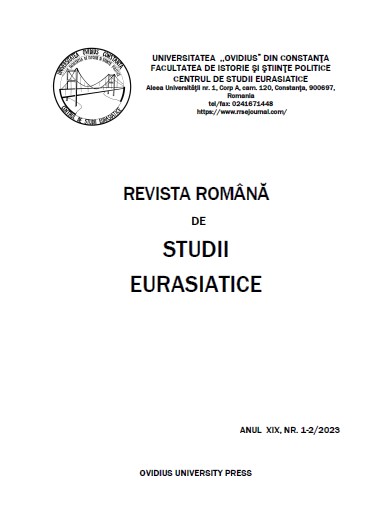THE EVOLUTION OF ROMANIAN CHURCH MUSIC FROM COMPLEXITY TO SIMPLIFICATION AND THE RETURN TO BYZANTINE MUSIC
THE EVOLUTION OF ROMANIAN CHURCH MUSIC FROM COMPLEXITY TO SIMPLIFICATION AND THE RETURN TO BYZANTINE MUSIC
Author(s): Nicolae GavrilăSubject(s): Music, History of Church(es), 19th Century, Eastern Orthodoxy, History of Art
Published by: Ovidius University Press
Keywords: Byzantine music; homophonic music; psaltic art; Romanian Orthodox Church;
Summary/Abstract: This paper aims to present a historical retrospective of the causes and effects due to the introduction of linear music within the liturgical worship and practice of the Romanian Orthodox Church in the 19th-20th centuries. It, also, provides an overview on the precursors from the 19th century of the idea of standardization in church music interpretation: ruler Al. I. Cuza, Metropolitan Melchisedec Ştefănescu, and musician Ion Popescu Pasărea. Moreover, it underlines, on one side, the pastoral-missionary strategy of the Romanian Holy Synod, under the leadership of Patriarch Justinian Marina, by the use of standardized homophonic and choral singing in the Romanian mOrthodox Church in the 20th century, explaining the necessity of this choice, but, on the other site, it presents the recent approaches initiated in order to reduce the negative effects of this process, through the rediscovery and reuse of the Romanian psaltic art in present time.
Journal: Revista Română de Studii Eurasiatice
- Issue Year: 19/2023
- Issue No: 1-2
- Page Range: 27-36
- Page Count: 10
- Language: English

